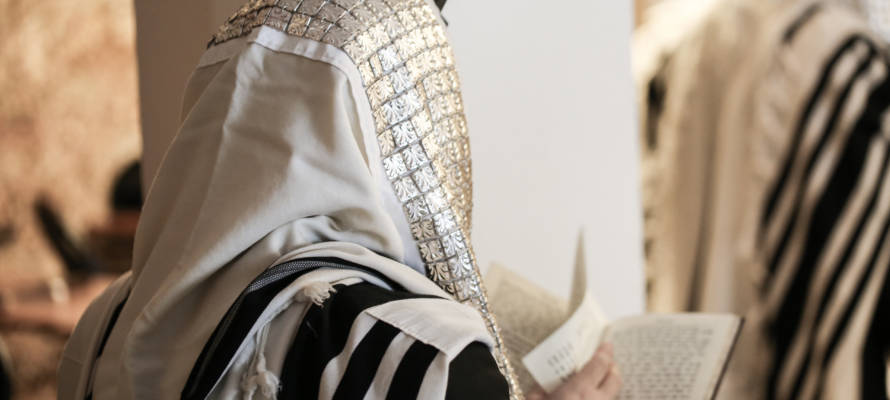Yom Yerushalayim – the anniversary of the liberation of Jerusalem in June 1967 – is an appropriate time to discuss why Jews, wherever they may be, face the holy city during prayer.
By Rabbi Ari Enkin, Rabbinic Director, United with Israel
In honor of Yom Yerushalayim (Jerusalem Day), I am pleased to share with you this explanatory article as to why Jews insist on facing Jerusalem when praying.
Indeed, wherever one finds oneself in the world, one is always supposed to face the Land of Israel and, more specifically, Jerusalem when praying. The source for facing towards Jerusalem when one prays derives from the prayer of King Solomon (II Chronicles 6:34-35), who requested of God that He answer all prayers that are recited while facing Jerusalem.
Additionally, the Temple Mount is poetically referred to as “Talpiot,” which is a play on words for “the mount to which the mouths face.”
It is interesting to note that facing Jerusalem while praying was not always practiced. In fact, the Talmud offers a number of options as towards which direction one should face while praying, each with its own appealing incentives.
For example, we are told that those who desire to become rich should face north, while those who seek to become wise should position themselves facing south. This idea is based on the fact that in the Mishkan (Tabernacle), the Table, which represents abundance, was placed on the north side and the Menora, which represents wisdom, to the south.
Nowadays (and for the last 1500 years!), however, the Torah scholars unanimously agree that one is to face Jerusalem when praying and it is even cited as law in the Code of Jewish Law. All synagogues are constructed in such a way that the front of the sanctuary faces Jerusalem. One need not trouble oneself to be positioned at the exact angle and degree as the city of Jerusalem, rather, positioning oneself in the general direction is all that is required.
Historically, the direction of Jerusalem was referred to as the “Mizrach,” facing east, despite the fact that Jerusalem was in more of a southern direction that an eastern one. It is considered meritorious for those who are able to face Jerusalem and even the Temple Mount as accurately as possible.
If one began praying and only later realizes that he or she hasn’t been facing Jerusalem, that person should tilt his head as much as possible towards the direction of Jerusalem. If, for whatever reason, that is not possible – for instance, if facing westward – then he should focus his heart toward Jerusalem and the Holy of Holies. Similarly, if one is unable to determine which direction is towards, Jerusalem, then he should simply meditate on facing Jerusalem and the Holy of Holies or even just meditate on God.
Occasionally it happens that a synagogue is constructed in such a way that the front of the sanctuary and, by extension, the Holy Ark do not face Jerusalem. Authorities are divided as to whether or not one who is praying in such a synagogue should deviate from the natural direction of the congregation and turn towards Jerusalem. All agree however that one may not pray with one’s back towards the Holy Ark.
Sign the Declaration to Keep Jerusalem United
Jerusalem Must Remain the United Capital of Israel
I declare that Jerusalem is the eternal capital of the Jewish People and support all efforts to maintain and strengthen a united Jerusalem as the undivided capital of the State of Israel.

